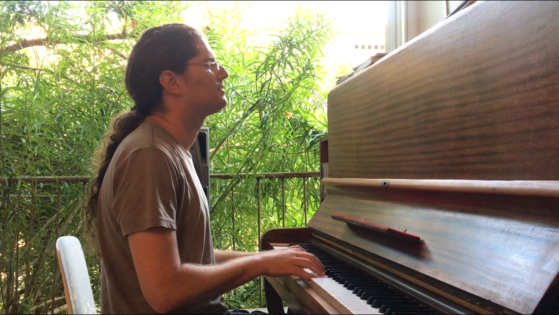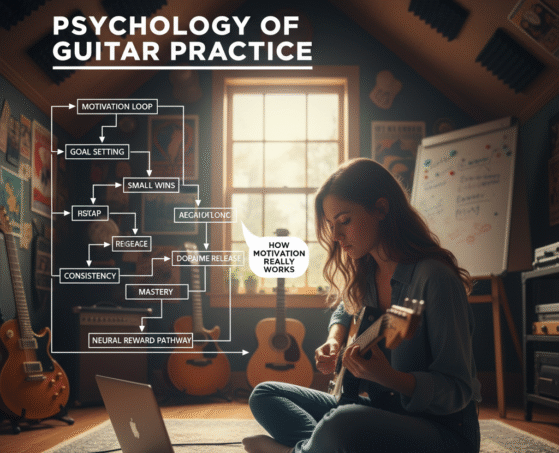Learn Piano Improvisation for Advanced Players |Unleash Creativity
Improvisation is one of the most thrilling and liberating aspects of playing the piano. It allows you to break free from the constraints of written music, explore your creative potential, and compose beautiful melodies in the moment. Whether you’re performing a jazz solo, adding personal flair to a classical piece, or simply playing for your own enjoyment, improvisation can take your piano skills to new heights. This comprehensive guide will help you learn piano improvisation for advanced players, offering insights, techniques, and tips to unleash your creativity.

Understanding the Basics of Improvisation
Before diving into advanced techniques, it’s essential to understand the basics of improvisation. At its core, improvisation involves creating music spontaneously, using your knowledge of scales, chords, and rhythmic patterns. Here are some foundational concepts:
Scales and Modes: Familiarize yourself with various scales, such as major, minor, pentatonic, and blues scales. Modes, like Dorian, Phrygian, and Mixolydian, offer different tonal flavors and are particularly useful in jazz and contemporary improvisation.
Chord Progressions: Master common chord progressions, such as the I-IV-V-I, ii-V-I, and the 12-bar blues. Understanding how chords relate to each other helps you navigate through different harmonic landscapes.
Rhythmic Patterns: Experiment with different rhythms and time signatures. Syncopation, swing, and polyrhythms can add complexity and interest to your improvisation.

Developing Your Improvisational Skills
Once you have a solid grasp of the basics, it’s time to develop your improvisational skills. Here are some advanced techniques to help you learn piano improvisation for advanced players:
Motivic Development: Start with a simple musical idea or motif and develop it throughout your improvisation. Repeat, vary, and transform the motif to create a cohesive and engaging performance.
Chord Extensions and Alterations: Explore extended chords (such as 9ths, 11ths, and 13ths) and altered chords (like augmented and diminished chords) to add color and tension to your harmonies.
Voice Leading: Practice smooth voice leading between chords to create seamless transitions. Pay attention to the movement of individual notes within chords, ensuring each voice moves logically and musically.
Modal Interchange: Borrow chords from parallel modes to introduce unexpected harmonic twists. For example, you can use a chord from the parallel minor key to add a darker, more dramatic feel to a major-key improvisation.
Polytonality and Bitonality: Experiment with playing in multiple keys simultaneously. This technique, often used in contemporary and avant-garde music, can create rich, complex textures and unexpected harmonic interactions.

Techniques for Jazz Improvisation
Jazz improvisation is a specialized form of piano improvisation that requires a deep understanding of jazz theory and idiomatic playing styles. Here are some techniques specifically tailored for jazz pianists:
Swing Feel: Develop a strong sense of swing, where the eighth notes are played with a lilt or groove. This rhythmic feel is essential for authentic jazz improvisation.
Walking Bass Lines: Practice creating walking bass lines with your left hand while improvising melodies with your right hand. This technique is particularly useful for solo jazz piano performances.
Chord Substitutions: Learn to substitute chords within a progression to add harmonic variety and interest. For example, replacing a dominant chord with a tritone substitution can create a fresh sound.
Transcription and Analysis: Transcribe solos by jazz greats like Bill Evans, Herbie Hancock, and Oscar Peterson. Analyzing their improvisational choices can provide valuable insights and inspiration for your own playing.

Practical Tips for Effective Improvisation
Improvisation is as much about mindset as it is about technical skill. Here are some practical tips to help you become a more confident and expressive improviser:
Listen Actively: Immerse yourself in a wide range of music styles and genres. Pay attention to how different artists approach improvisation and incorporate their techniques into your own playing.
Practice Regularly: Set aside dedicated practice time for improvisation. Start with simple exercises and gradually increase complexity as you become more comfortable.
Record Yourself: Recording your improvisations allows you to listen back critically and identify areas for improvement. It’s also a great way to track your progress over time.
Play with Others: Collaborate with other musicians to develop your improvisational skills in a live setting. Playing in a band or ensemble encourages spontaneity and responsiveness.
Embrace Mistakes: Improvisation is inherently unpredictable, and mistakes are a natural part of the process. Embrace them as opportunities for growth and creativity.

Conclusion
Improvisation is a powerful tool for pianists, offering endless possibilities for creative expression and musical exploration. By mastering advanced techniques and embracing a mindset of curiosity and experimentation, you can learn piano improvisation for advanced players and unlock new dimensions of your musical potential. Whether you’re a jazz aficionado, a classical enthusiast, or a contemporary player, improvisation will enhance your artistry and deepen your connection to the piano. So sit down at the keyboard, let go of your inhibitions, and start composing on the fly. The world of improvisation awaits at The Mystic Keys!
For more information and exciting resources on learning music, visit
The Mystic Keys. Follow us on Facebook, Instagram, YouTube, LinkedIn, Twitter,
Pinterest, Reddit, Threads and
Quora for engaging music content and special updates.Let’s explore the journey to musical excellence together!








